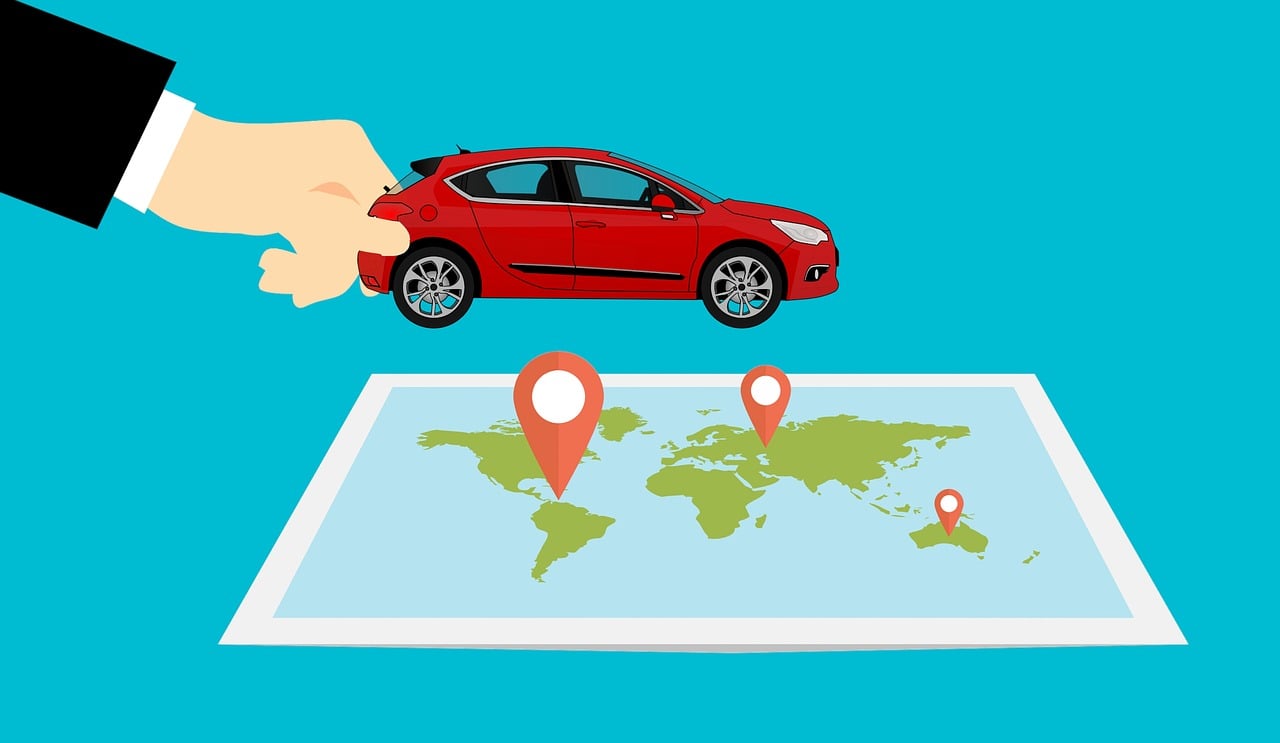When people interact with a business, they rarely complete their goals in a single step. They research options, compare products, make purchases, and often return for support. Customer journey mapping is a method that visualizes this process. By turning customer experiences into a clear timeline, organizations can better see what works, identify pain points, and target improvements.
Definition of a Customer Journey Map
A customer journey map is a visual representation of the steps a customer takes to achieve their goal. It combines customer actions with thoughts and emotions, creating a narrative that highlights the highs and lows of the experience. Typically, a journey map focuses on a specific persona, a scenario, and the customer's expectations. The map includes steps such as discovery, purchase, and support. The goal is to generate insights about the process of making buying decisions, not just to document tasks.
Key Components of a Journey Map
A journey map includes several essential elements. The actor is the persona experiencing the journey; focusing on one individual helps to keep the story of the journey clear. The scenario and expectations describe the context of the journey, such as signing up for a new service, and what the customer hopes to achieve. Journey phases capture the high-level stages of the process, often including awareness, evaluation, purchase, use, and support. Actions, mindsets, and emotions show the behaviors, thoughts, and feelings experienced during each phase, with emotions often represented as a line that rises and falls across the map. And opportunities highlight insights that reveal where improvements or redesigns could enhance the experience. These elements together provide a structured way to understand customer journeys.
Variations of Journey Maps
Journey mapping overlaps with related tools that offer different perspectives. Experience maps capture broader human processes, such as commuting, rather than a single customer's interaction with a business. Service blueprints extend journey maps to include the organization's internal processes and systems that support the customer experience. And user story maps, commonly used in Agile development, break down product features into user-focused stories. While they may look similar to journey maps, they are used for planning releases rather than analyzing overall experiences. Each variation helps clarify steps, identify pain points, and improve understanding from different angles.
Why Use Journey Maps?
Organizations use journey maps for two main purposes. Mapping encourages teams to agree on what customers actually experience, which is especially important when departments track success independently. Visualizing pain points also uncovers opportunities to simplify tasks, enhance communication, or introduce helpful features. Journey maps act as both analytical and communication tools, allowing insights to be shared across teams. By aligning teams around a single understanding of the customer, organizations can prioritize improvements that matter most.
Customer Journey Mapping in Practice
Consider the example of a customer switching mobile plans. Their journey may include researching options, comparing providers, enrolling in a plan, and seeking support. At each stage, they perform actions, hold mindsets, and experience emotions, feeling relief when instructions are clear and frustration when comparisons are confusing. Mapping their journey highlights both their struggles and successes. Then, the business can address friction points, such as simplifying plan comparisons, while reinforcing elements that already satisfy customers. These insights guide improvements that directly affect satisfaction.
The Value of Journey Mapping
Customer journey mapping is more than a diagram; it is a method for uncovering the reality of customer experiences. It captures highs, lows, and opportunities for enhancement while encouraging collaboration and reducing departmental silos. For students and beginners, journey mapping offers a clear lesson: Designing better products and services begins with understanding people and the paths they take. By visualizing these experiences, businesses can make decisions that truly reflect customer needs.






